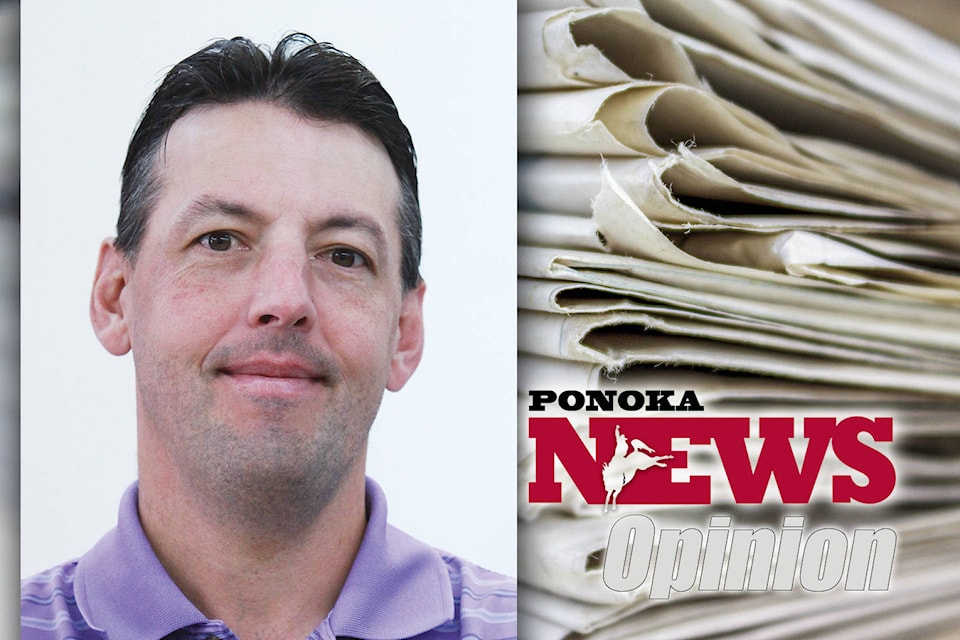Why is there even a review being done?
In case the public is unaware, the province’s health services department — a.k.a. the provincial government — has initiated a review of how Alberta’s medical helicopter services are being operated, how they do their job and what the most effective funding model is.
But like the question at the top asks — Why?
The province’s major service provider, Shock Trauma Air Rescue Service (STARS), only receives about 20 per cent of their annual budget of around $38 million from the provincial government. That works out to around $7.5 million, while the rest all comes from donations — be it corporations, individuals, municipal partners and their annual lottery.
There is only one other standalone medical helicopter service in Alberta; HALO Air Ambulance based in Medicine Hat, and covering a large chunk of the southern portion of the province, using paramedics from the local Alberta Health Services (AHS) station just a couple of minutes from the HALO base.
HALO is completely funded by municipal, corporate and individual donations. The province did kick in a one-time payment of $1 million in 2018, but only because the non-profit purchased a new helicopter, which has nearly tripled HALO’s operational costs to about $2.6 million.
There is a helicopter company in Fort McMurray that assists within a 400 km radius of Fort Mac, using paramedics from that city’s fire department, but only because STARS has not been able to serve the area.
So back to that question of why is the province conducting a review.
AHS explains that the various operations — while all vital — have differing levels of service and clinical capabilities. Therefore, it wants to see how people view the services in order to explore what changes to regulations or criteria need to be made.
One part of this review is an extremely short three-question survey asking if the current best practices are appropriate guidelines, the reasoning behind their answer and when helicopters shouldn’t be used for transport.
It also asks people to check who they represent — patient, healthcare worker, elected official, public — and provides another option for asking a question.
That’s all they ask. That is what they call public engagement and consultation.
When a review is done, shouldn’t there be a bit more to the discussion?
What about the severe lack of provincial financial resources being directed to these supposedly ‘vital’ emergency services? How can these operations be expected to provide similar levels of service when only one gets even a drop in the bucket funding from the provincial government?
If these operations are getting the job done now, what is the real point behind the review?
Judging from the survey, it’s all about coming up with a new model for service delivery while refusing to put money on the table to pay for it.
One has to wonder, just how much of this review is part of the AHS mandate or whether it is being driven by the provincial health minister’s office — or more likely the Premier’s office.
It’s hard to believe that AHS would ask the general public about what incidents should or shouldn’t warrant a medical helicopter.
Shouldn’t that be a decision based on medical necessity, availability of access to quick and proper treatment and of course weather conditions to make flight to the scene suitable and safe?
And the people that are in the best position to make those decisions are already on the inside — health professionals that work directly with the air rescue service providers and the providers themselves.
But that is…just an observation.
